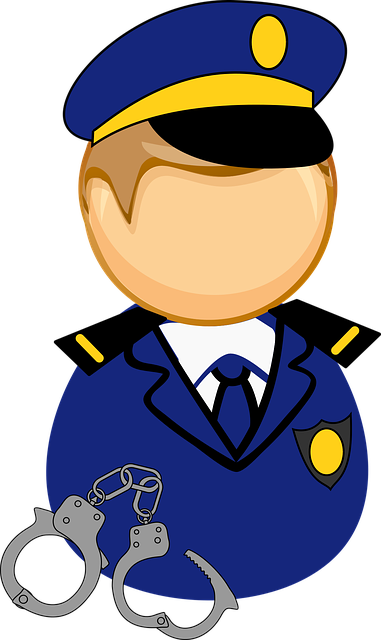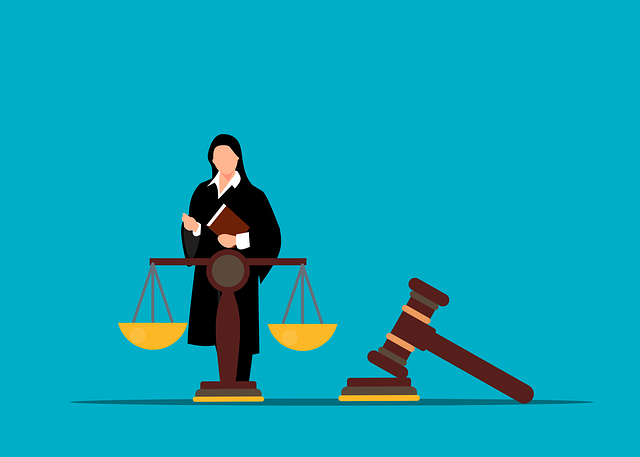Injury mediation is a collaborative, cost-effective alternative to court for slip and fall lawsuits, using a neutral third-party mediator to facilitate discussions between both parties towards a mutually agreeable settlement. This structured process involves open communication, evidence review, and negotiations until a resolution is reached, without the formality of arbitration or trials. Effective for various claims, including defective products and workplace accidents, successful mediation depends on good faith negotiation from both parties and skilled mediators who balance neutral facilitation with legal expertise.
Injury mediation, an alternative dispute resolution process, offers a faster, more cost-effective solution to traditional litigation in slip and fall lawsuits. This article delves into how mediation facilitates communication between plaintiffs and defendants, fostering mutual understanding and agreement without the need for lengthy court battles. We explore the step-by-step process, benefits like reduced legal fees and faster resolutions, as well as challenges such as maintaining confidentiality. Understanding injury mediation is crucial for those navigating slip and fall claims.
- Understanding Injury Mediation: An Alternative Dispute Resolution Process
- The Steps Involved in Slip and Fall Mediation
- Benefits and Challenges of Using Mediation for Injury Cases
Understanding Injury Mediation: An Alternative Dispute Resolution Process
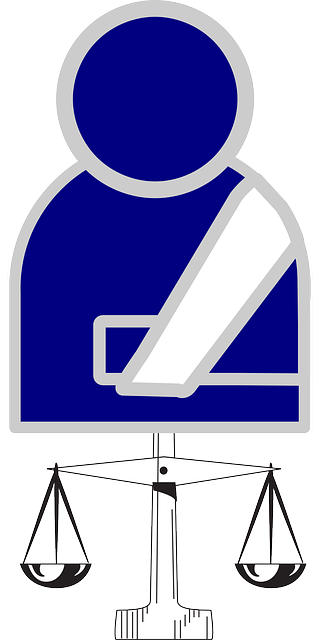
Injury mediation is an alternative dispute resolution (ADR) process that offers a cost-effective and efficient way to resolve slip and fall lawsuits outside of traditional court proceedings. Unlike trials, which can be lengthy and expensive, mediation provides a collaborative environment where both parties work together with a neutral third-party mediator to reach a mutually agreeable settlement. This approach is increasingly popular in personal injury cases as it allows for faster resolutions, reduced legal fees, and more control over the outcome.
The process typically involves several steps, including opening statements by each party’s attorney, presentation of evidence, and then joint discussions facilitated by the mediator. The mediator helps identify areas of agreement and disagreement, explores options for resolution, and guides negotiations until a settlement is reached. Unlike arbitration or court trials, mediation does not result in a binding decision but rather encourages cooperative problem-solving, making it particularly effective for handling defective products liability claims or even employment disputes stemming from workplace accidents.
The Steps Involved in Slip and Fall Mediation
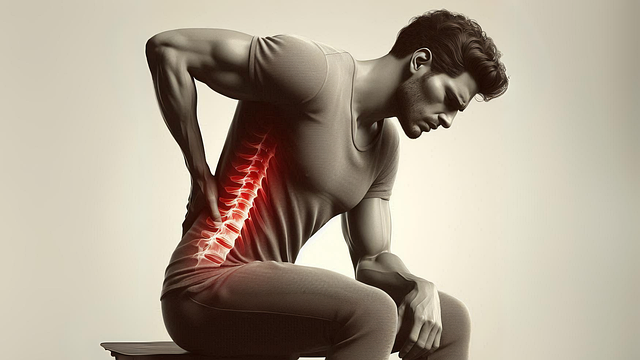
Injury mediation in slip and fall lawsuits is a structured process designed to facilitate a mutually agreeable resolution between all parties involved, including plaintiffs and defendants. The first step is for both sides to agree on a neutral mediator, often an experienced lawyer or retired judge, who will lead the negotiation process. Once a mediator is selected, they schedule a meeting where all parties come together to discuss the case openly and honestly.
During mediation, the mediator helps each side present their version of events, review evidence, and explore potential solutions. This might involve discussing settlement offers, understanding each party’s needs and concerns, and identifying areas of common ground. The ultimate goal is to find a fair and acceptable resolution without the need for lengthy and costly court proceedings. An auto accident lawyer or truck accident lawyer may participate in these discussions, advocating for their client’s best interests while working towards an outcome that could avoid a trial and its associated legal fees.
Benefits and Challenges of Using Mediation for Injury Cases
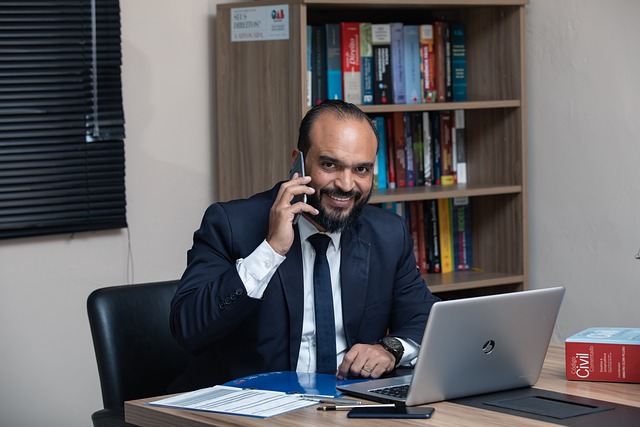
Injury mediation offers several significant advantages in slip and fall lawsuits. It facilitates a mutually agreeable resolution between plaintiffs and defendants, allowing for quicker and more cost-effective outcomes compared to traditional litigation. This process encourages open communication, fosters understanding of each party’s perspective, and enables a tailored agreement that addresses specific needs, such as accident compensation for serious injuries. Mediation also maintains control over the outcome, averting the unpredictable nature of court decisions.
Despite its benefits, injury mediation presents certain challenges. Effective resolution hinges on the willingness of both parties to engage in good-faith negotiations. Moreover, mediators must balance their role as neutral facilitators with recognizing and addressing potential fiduciary duty breaches. Successfully navigating these complexities requires skilled mediators and a deep understanding of the law, ensuring a fair process that leads to just outcomes for all involved.
Injury mediation offers a compelling alternative to traditional litigation in slip and fall lawsuits, streamlining the process while fostering cooperation between parties. By understanding the steps involved and recognizing the benefits, plaintiffs and defendants can navigate these cases more efficiently and potentially reach mutually agreeable outcomes. This collaborative approach not only saves time and legal costs but also promotes a fairer resolution, making injury mediation a valuable tool in slip and fall law.

